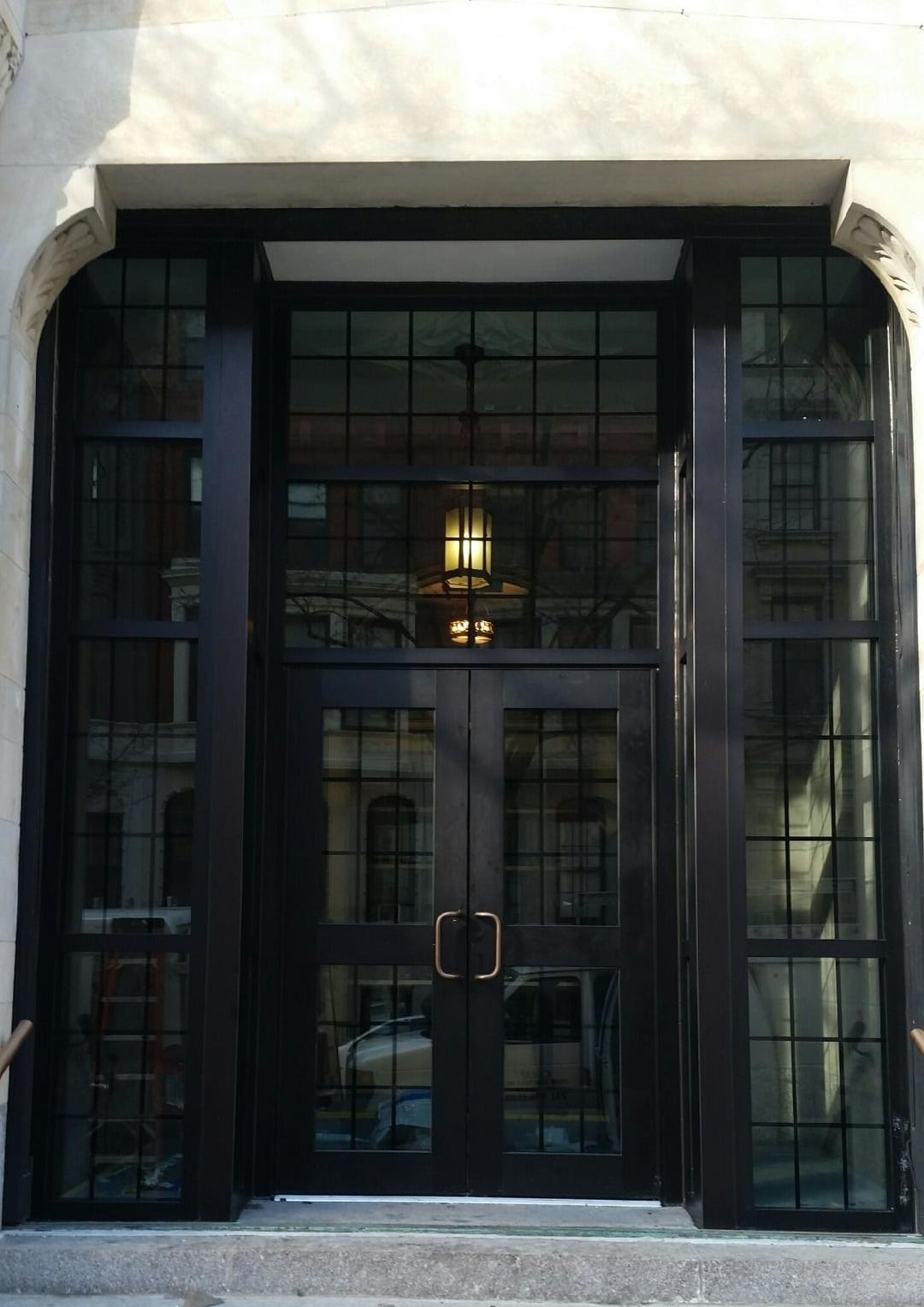Force Protection
 The bombings at New York City’s World Trade Center, Oklahoma City’s Alfred P. Murrah Federal Office Building, and Atlanta’s Centennial Park, shook the nation, and made Americans aware of the need for better ways to protect occupants, assets, and buildings from human aggressors (e.g. disgruntled employees, criminals, vandals, and terrorists).
The bombings at New York City’s World Trade Center, Oklahoma City’s Alfred P. Murrah Federal Office Building, and Atlanta’s Centennial Park, shook the nation, and made Americans aware of the need for better ways to protect occupants, assets, and buildings from human aggressors (e.g. disgruntled employees, criminals, vandals, and terrorists).
Following the Oklahoma City tragedy, the President issued Executive Order 12977 which created the Interagency Security Committee (ISC) to address government-wide security for civilian Federal facilities in the United States. The ISC is comprised of chief security officers at 42 Federal agencies and departments.
The ISC initially established minimum security standards for existing buildings and through the years, has developed standards for new construction and major renovation projects and for leased spaces.
In 2009, the ISC will publish a comprehensive new Standard, Physical Security Criteria for Federal Facilities, which consolidates security standards for all types of civilian Federal facilities into one source. This includes facilities that are government-owned, leased, or managed; to be constructed or modernized, or to be purchased. This new Standard specifies countermeasures to be implemented at each facility security level and serves as the companion to the ISC’s Facility Security Level Determinations (FSL) Standard published in 2008.
The FSL standard defines the criteria and process that each facility should use to determine its facility security level (FSL). The Facility Security Level Determinations process includes various factors such as agency mission criticality, symbolism, facility population, facility size, threat to tenant agencies, and intangibles.
The new ISC standards are based on the belief that security requirements should be driven by the security needs of the federal agency occupying the space, not by the type of ownership. The 11 September 2001 terrorist attacks demonstrated the country’s vulnerability to a wider range of threats and heightened public concern for the safety of workers and occupants in all Building Types. Many federal agencies responding to these concerns have adopted an overarching philosophy to provide appropriate and cost-effective protection for building occupants. Using the ISC standards as a basis, some Federal agencies have issued their
own security design standards to reflect their individual needs for additional security. While it may be cost prohibitive to design a facility to a worst case scenario, decision-makers should ensure that security becomes an integral part of the operations planning, design, construction/renovation, or acquisition of Federal facilities from the outset.
For military facilities, the DOD uses the Unified Facilities Criteria (UFC) UFC 4-010-01 DoD Minimum Anti-Terrorism Standards for Buildings. The U.S. Department of State’s Bureau of Overseas Buildings Operations (OBO) directs the buildings program at U.S. diplomatic and consular posts throughout the world. OBO sets worldwide priorities for the design, construction, acquisition, maintenance, use, and sale of overseas real property and the use of sales proceeds.
There are currently no universal codes or standards that apply to both public and private sector buildings. However, most designers agree that security issues must be addressed with other design objectives and integrated into the building design throughout the process. This will ensure a quality building with effective security. This concept is known as a multi-hazard design.
Depending on the building type, acceptable levels of risk, and decisions made based on recommendations from a comprehensive threat assessment, vulnerability assessment, and risk analysis, appropriate countermeasures should be implemented to protect people, assets, and mission.
Force Protection and Types of Attack
Some types of attack and threats to consider include:
- Unauthorized entry/trespass (forced and covert)
- Insider threats
- Explosive threats: Stationary and moving vehicle-delivered, mail bombs, package bombs
- Ballistic threats: Small arms, high-powered rifles, drive-by shootings, etc.
- Weapons of mass destruction (chemical, biological, and radiological)
- Disruptive threats (hoaxes, false reports, malicious attempts to disrupt operations)
- Cyber and information security threats
Protective design is the design of structures to mitigate blast effects. This will require the involvement of protective design and security consultants at the onset of the programming phase. Early and ongoing coordination between the protective design consultant, the structural engineer, and the entire planning team is critical to providing an optimal design that is both open and inviting to the public and compliant with updated security requirements.

